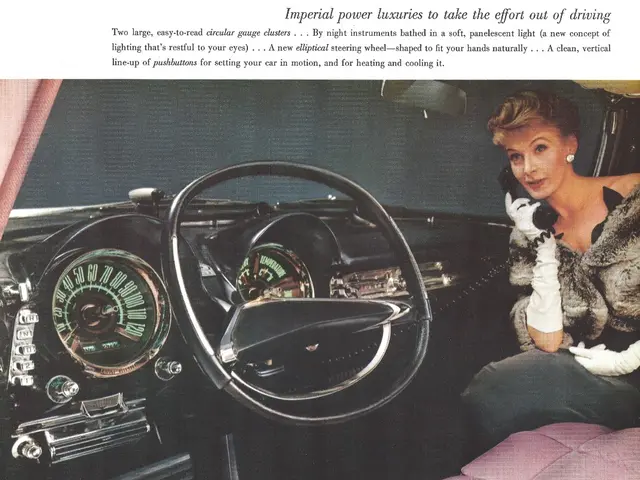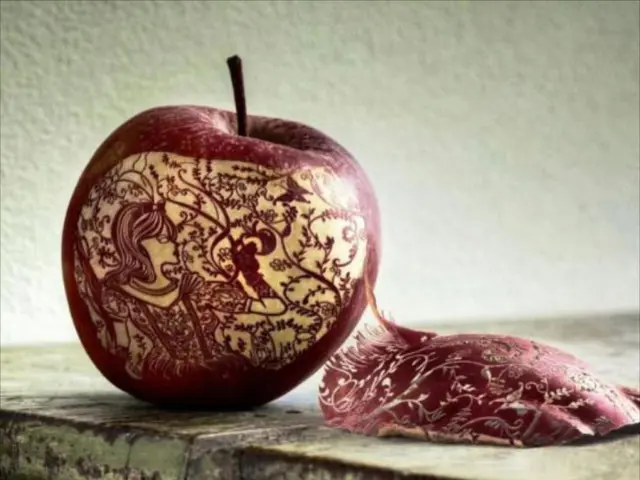Exploring the Persistent Desire to Restyle: Psychologists Explained the Psychological Factors Behind This Tendency and Offered Strategies to Curb It
In the world of interior design, the compulsive urge to redecorate a home is a common phenomenon. This urge can be largely explained by several psychological factors, as psychoanalyst Anat Joseph and psychotherapist Dana Colthart explain.
According to Anat, our homes are extensions of ourselves. They should represent our true selves, not a reflection of social media trends. The urge to redecorate can be tied to feelings of safety, as Dana suggests. In uncertain times, changing one's environment can provide a sense of control and agency.
One psychological factor that contributes to this urge is the Diderot effect. This effect describes a pattern where acquiring one new item makes the rest of the surroundings feel less satisfactory by comparison, triggering a spiral of changes to restore harmony in the space. This is partly neurological, as dopamine spikes from the pursuit of newness, fueling ongoing urges to keep upgrading the environment.
Redecorating often serves as a form of self-expression or emotional processing, especially during significant life changes like breakups, new jobs, or identity shifts. Changing the environment symbolically helps people regain control or reflect their evolving sense of self.
Another key element is the need to feel safe and emotionally secure in one’s surroundings. People may compulsively update décor to create a calming, protective space that supports mental wellbeing. The urge is also related to rewriting or healing from past experiences—if a home or room carries painful memories, redecorating can feel like reclaiming and refreshing the space for new, positive experiences.
Psychotherapist Dana Colthart agrees, noting that redecorating can be a source of grounding and transformation when the world feels out of control. She suggests that redecorating can occur when one yearns to reclaim their home and make it feel authentically theirs, possibly as a way to rewrite memories or make space for new ones.
Redecorating can help people feel excited and uplifted, as Dana explains, and can be done to spark creativity. However, platforms like Instagram and Pinterest can fuel a cycle of comparison and the feeling that our space needs constant improvement, as Anat points out.
To avoid this, it's recommended to ask yourself: What is my interior style? From there, you can begin to curate a space that truly makes you feel at home. Functional and fashionable decor items like Lene Bjerre's Corille Vase, Loewe's Yellow Honeysuckle Scented Candle, and a set of 2 Woven Paper Trays from Anthropologie can brighten your home and perfume it with delightful scents.
Redecorating can be done to create an emotionally calming environment or to make a space feel more comfortable. It can serve as a means to brighten up a space, as indicated by an example of a new coat of paint in a bedroom. Ultimately, redecorating is a way to express oneself, feel safe, and create a home that truly reflects who you are.
- The choice of texture in interior design plays a significant role in creating a home that feels authentically ours, as our homes are extensions of ourselves.
- The trend in interior design reflects the desire for a more personalized living space, as people strive to avoid following social media trends and represent their true selves.
- Decorating a living room with tiles can be a way to reclaim and refresh the space, especially when it carries painful memories from the past.
- A vibrant color scheme in the kitchen can help instill a sense of excitement and uplift the mood, providing grounding and transformation during uncertain times.
- Artwork, such as a piece from the fashion-and-beauty sphere, can serve as a conversation starter and bring unique style to one's home and garden.
- In the bathroom, Diy tile murals can help express creativity and individuality in a personal space, offering a source of grounding during stressful times.
- Redecorating the bedroom with a fresh coat of paint creates an emotionally calming environment, promoting mental well-being and allowing for a clearer mind.
- Lifestyle choices, such as investing in functional and fashionable decor items like Lene Bjerre's Corille Vase, Loewe's Yellow Honeysuckle Scented Candle, and Anthropologie's Woven Paper Trays, can make a home feel truly one's own.







